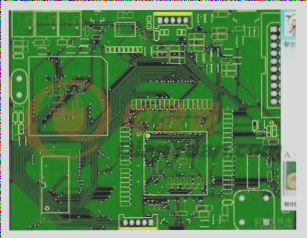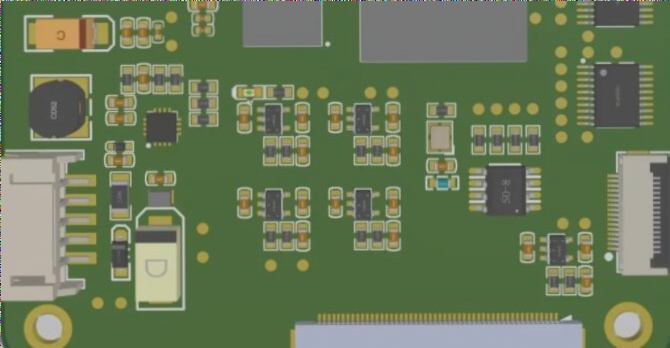Understanding and Troubleshooting PCB Circuit Board Issues
When faced with a malfunctioning electronic device, sometimes the instrument alone may not provide the solution. Engineers often rely on their experience to narrow down the possible problematic areas based on current and voltage readings. However, pinpointing the exact faulty component can be challenging.
For instance, when my laptop motherboard suffered water damage, the repair process involved replacing multiple components such as the power supply chip, diode, and USB charging component. It was only through a process of elimination and thorough investigation that the short-circuited component near the South Bridge chip was identified.
It’s important to remember that the PCB circuit board serves as the foundation for all components. Issues with the circuit board itself, such as dead tin parts or disconnections due to corrosion, can also cause malfunctions. In such cases, creative solutions like using thin copper wires for repairs may be necessary.
Identifying problems with a seemingly undamaged PCB board can be a daunting task. However, the satisfaction of solving the issue is unparalleled. Delving into the intricacies of troubleshooting challenging boards can even be a source of enjoyment for some enthusiasts.
- Experienced engineers rely on a combination of knowledge and intuition to diagnose PCB issues.
- Repairing water-damaged PCBs may involve replacing multiple components to identify the faulty one.
- Dead tin parts and corrosion-related disconnections are common circuit board problems.
- Using flying wires or creative solutions can help address PCB issues effectively.
- Successfully troubleshooting a complex PCB board can be a rewarding experience for enthusiasts.


